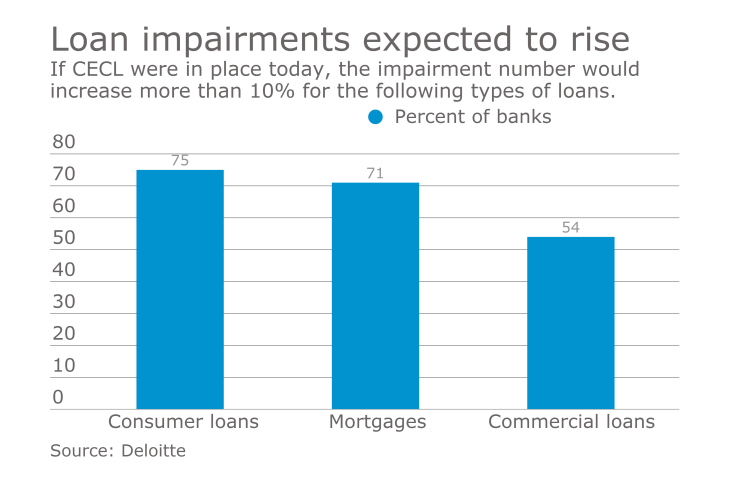Accountants serving U.S. banks and credit unions are bracing for the impact that the current expected credit loss model may have on the institutions’ allowance for loan and lease losses and capital levels, and these institutions are enacting transition plans now.
There are several imperative areas through which an accountant can guide the institution, and the first area is typically data. Specifically, a primary step includes making sure the institution is clear on what types of data will be needed, what systems will be required and how much of that data needs to be collected and analyzed. Loan-level information will be necessary for CECL — a big change for many financial institutions, who may only archive pool-level data in current practices.
With this in mind, three data quality considerations that management at your client institutions will need to understand are:
Adequacy
The CECL guidance is intentionally non-prescriptive, meaning institutions will have some flexibility in deciding which methodology or methodologies work best for their portfolio or segments of their portfolio. However, to ensure flexibility in selecting appropriate methodologies, it is important for banks to capture a wide range of data points. Certain data points might be useful for utilizing one methodology but not another. For example, individual loan origination amounts might be useful when applying vintage analysis, while individual loan risk classification would be needed for migration analysis. Some data points, such as individual loan charge-offs, individual loan recoveries and individual loan duration, could be used for multiple methodologies. If data is inadequate at present, identify a timeframe required for collecting sufficient data to be able to defend the election of a specific methodology.
Coherency
It is possible the bank stores loan data in different places — mortgages in one system, auto loans in another, etc. What data has been tested or historically reconciled to make sure that inconsistencies across the systems do not cause problems? Is there a report writer in place to draw this loan-level data into a single calculation?
Assurance
What controls are in place to ensure the data can be relied upon, is updated frequently enough to accommodate bank needs, and is secure? Data should be backed up frequently and have redundancy to minimize risk. While most institutions, when asked, say their data is in good shape for CECL, according to a poll by Sageworks, which is offering a
In order to have sufficient data to produce lifetime estimates under certain methodologies, more historical data will be needed, so the sooner the data is identified and collected, the more complete it will be.






